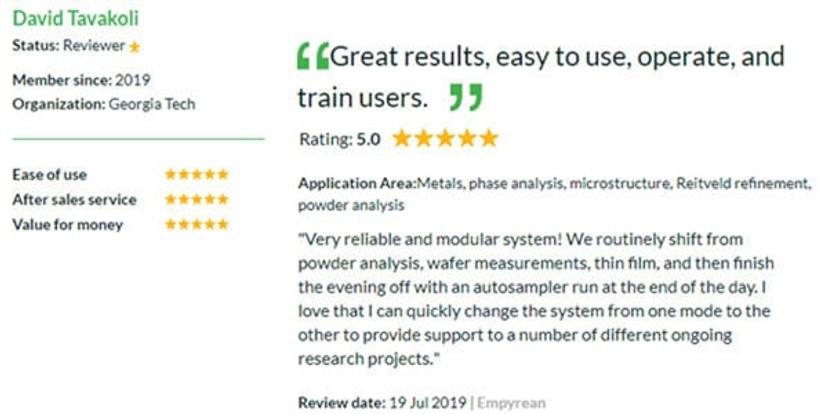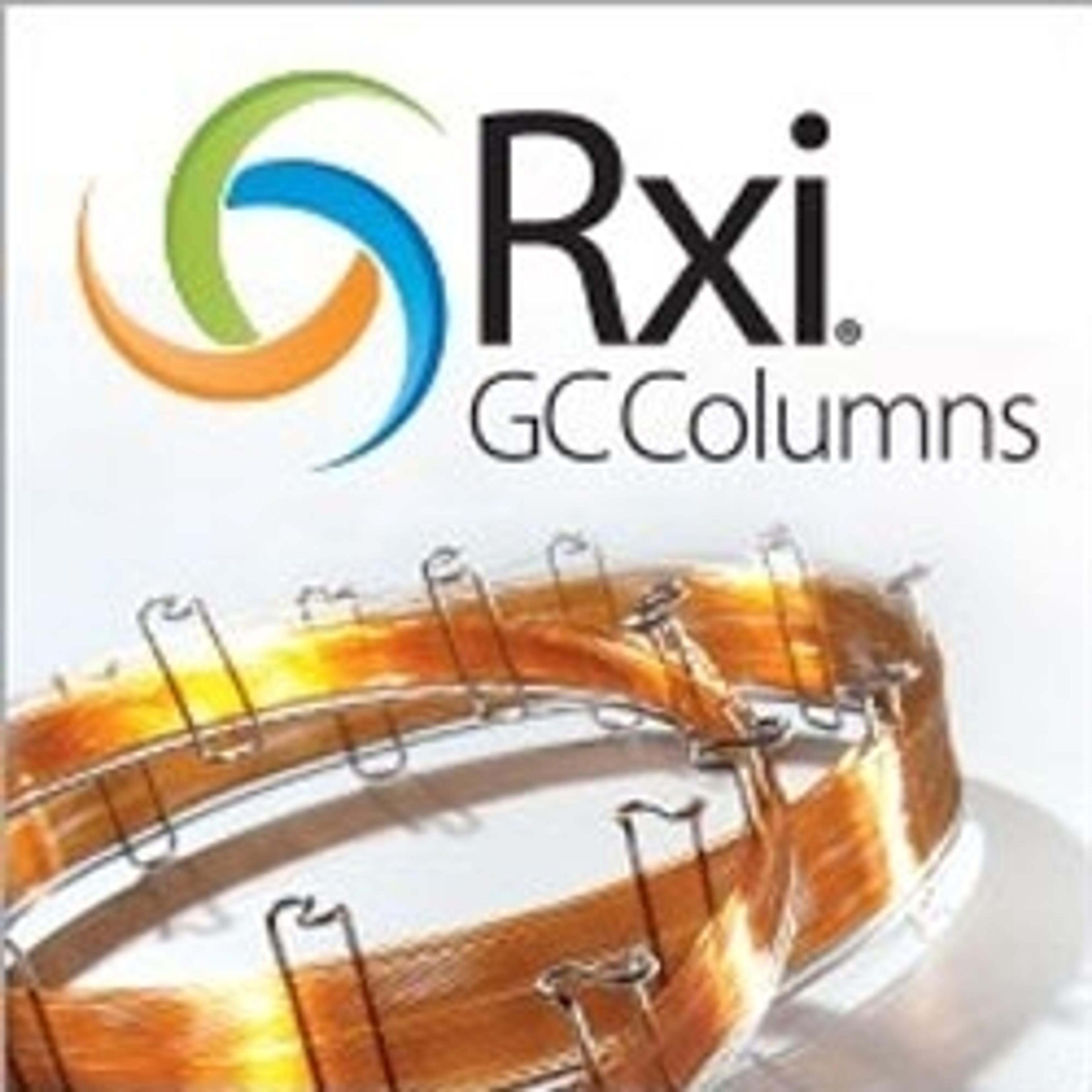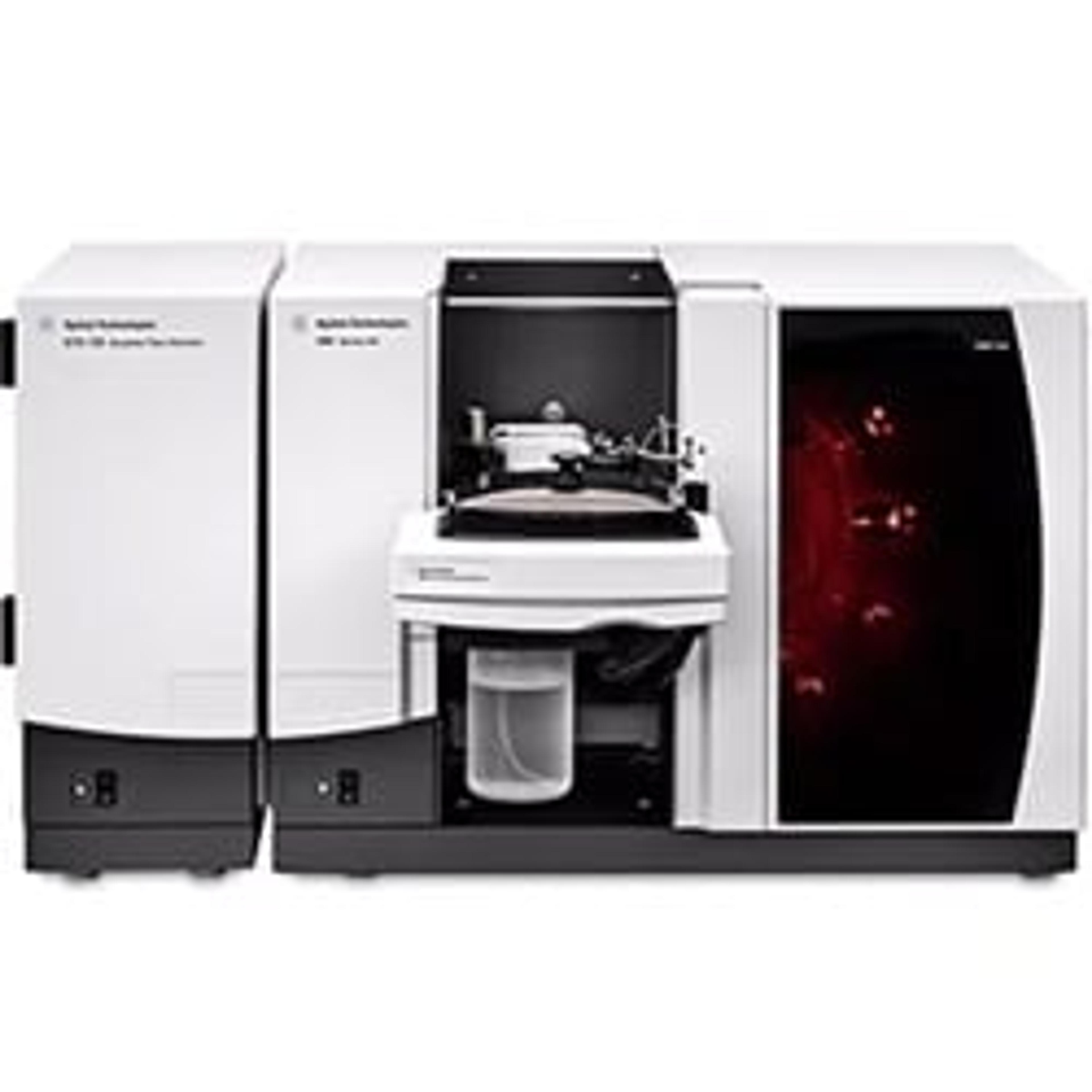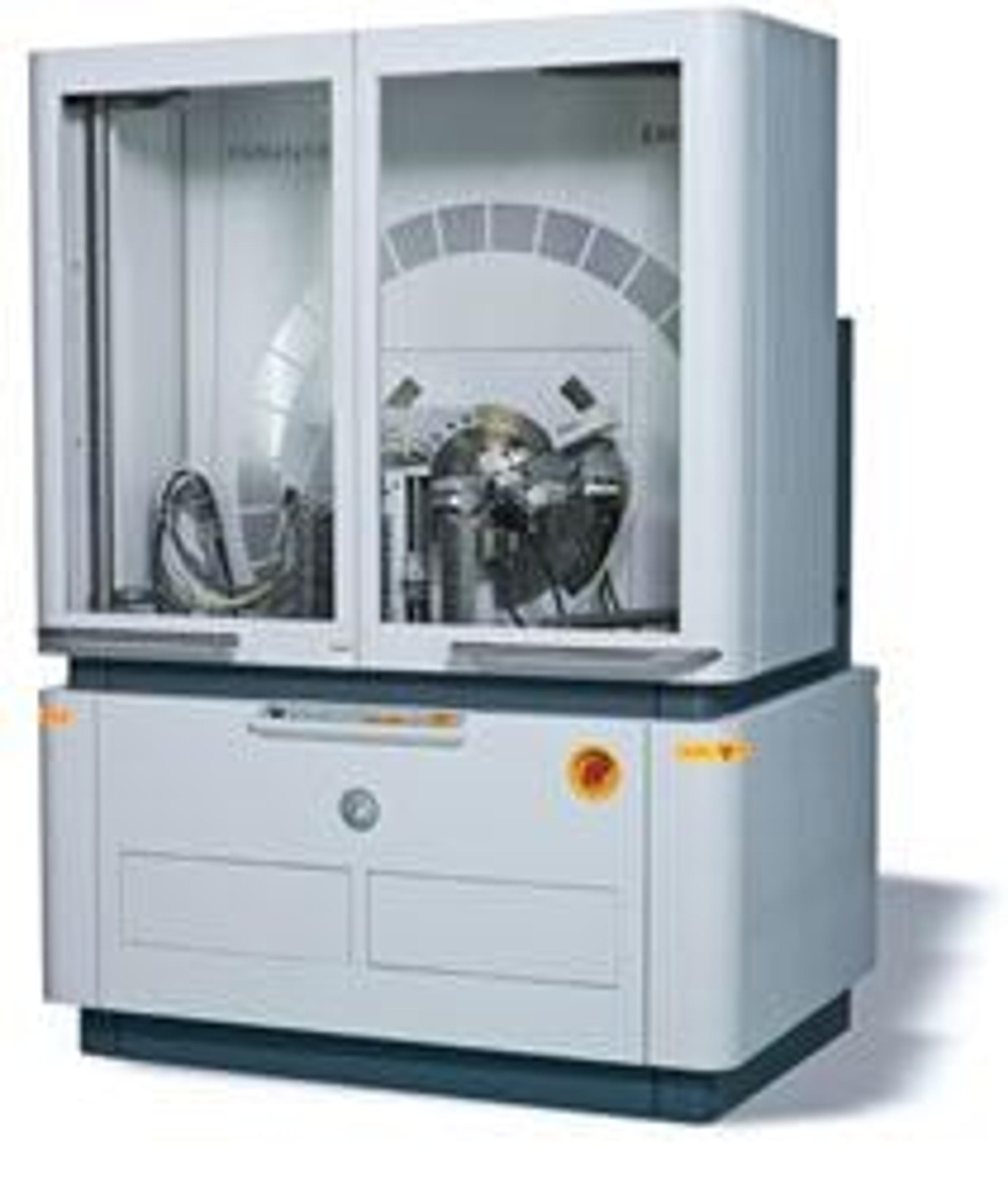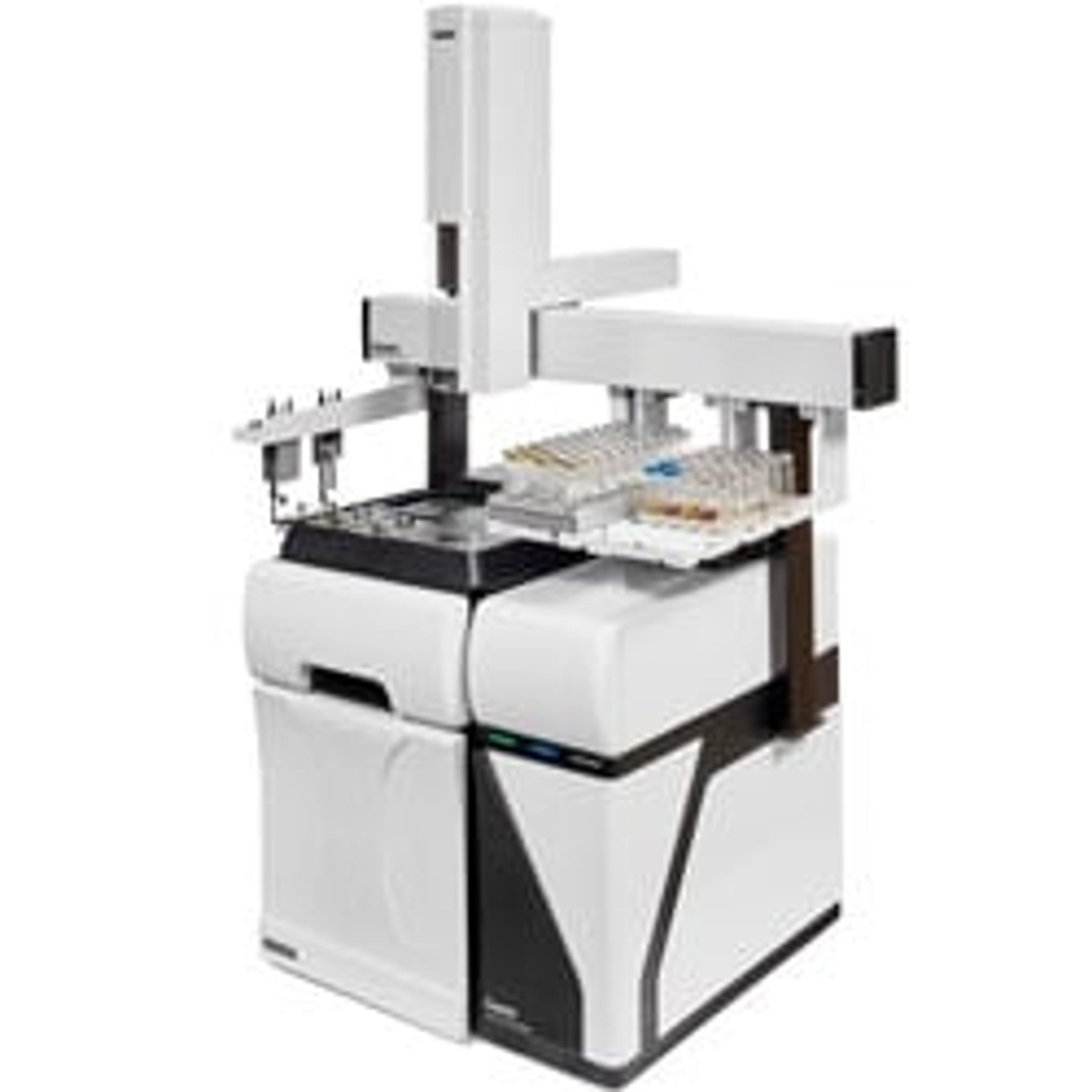Trending in analytical chemistry – 10 top resources for vodka, beer, wine & water analysis
From vodka aroma profiling to microplastics in water and better beer making, discover our pick of application guides and top tips to help you develop and optimize your analytical methods
5 Aug 2019
As we expand our footprint on the earth and continue to develop new products and technologies, we also face new analytical challenges. Whether you’re looking at traditional or more modern contaminants, looking to optimize old methods or create new ones, the underlying principles remain the same. Here, we offer a selection of useful resources to assist you in your work.
Environmental: contaminants in water

Radon in household water
Radon is a naturally occurring, colorless, odorless, radioactive gas that can dissolve and build up in water from underground sources. This gas can escape into the air during household water use, especially when it’s heated. This white paper presents an easy experimental setup for on-site determination of radon concentration in water samples and why it’s important to check radon levels before and after new builds.
Measuring arsenic in water
Arsenic is introduced into water through the dissolution of rocks, minerals and ores, industrial effluents and from atmospheric deposition. With such a large variety of sources it could come from, it’s important to have a cost-effective and sensitive solution for actively managing the concentration of arsenic in water supplies. Find out why Agilent’s 200 AA series graphite furnace atomic absorption spectrometers offer a potential solution to this problem.
Microplastics in bottled water
Microplastic pollution in water, land or even air has become an increasing concern for society. In addition to its detrimental impact on ecosystems and human health, the recent revelation that some bottled water and other beverages may contain microplastics also puts many corporations at risk of negative publicity and brand erosion. In this application note, Thermo Fisher Scientific offers a complete solution to address the challenge of analyzing microplastics across a wide size range (1-5000 µm).
Analysis of pharmaceuticals and personal care products in water
In this application note, Affinisep demonstrates how AttractSPE™ Disks – HLB can used to analyze compounds commonly found in water that originate from pharmaceuticals and personal care products, according to EPA method 1694.
Food & beverage: flavor profiling and analysis

Chemical and microbiological monitoring for breweries
Monitoring a range of parameters such as bitterness, sulfite content, and spoilage contaminants throughout the beer-making process ensures that you can produce safe, delicious, and high-quality beer. This webinar presents a more cost-effective and streamlined solution for chemical and microbiological analysis of sulfur dioxide in beer during the brewing process instead of using traditional p-rosaniline or distillation methods.
Aroma profiling of vodka
Historically, a wide variety of sampling methods have been used to extract volatiles from alcoholic spirits, with a key driver being the need to improve upon inefficient solvent extraction methods. This application note demonstrates how immersive sampling using HiSorb, in conjunction with GC–MS, was used to identify a range of VOCs and SVOCs in vodka while overcoming issues faced by older analytical methods.
Aroma profiling and flavor analysis with SIFT-MS
Aromas are chemically very diverse and have a wide range of sensory thresholds. Conventional analytical technologies (based, for example, on gas chromatography) lack the time resolution, responsiveness, and comprehensiveness of analysis required to provide rapid feedback to product developers or process-line managers. This webinar introduces SIFT-MS, a technique for direct analysis of aroma compounds in air at trace levels.
Identifying low-level odorants in wine
The yeast Brettanomyces bruxellensis is part of the natural microflora of wine, but its growth can result in the production of compounds that leave behind unpleasant ‘medicinal’, ‘phenolic’ or ‘horse sweat’ notes to wine and mask desirable ‘fruity’ aromas. This study shows how immersive sorptive extraction, using high-capacity HiSorb probes with GC-MS, can be used to screen wine for ppb levels of these yeast-derived spoilage compounds.
Useful resources

How to buy GC technology
The optimization of chromatographic methodology starts with column selection. In this guide, discover the latest advice on how to choose the best GC column for your analysis. Based on four significant factors, column selection is different for each type of analysis.
How to buy HPLC columns
There are many different types of HPLC column on the market and finding the correct one for your application may seem daunting, but by applying a few simple considerations, selecting the correct column can be made an easier task. This HPLC column buying guide presents the key factors and application considerations you should be taking into account when looking to buy new columns as well as advice from experts in the field.
Latest reviews
Don't just take our word for it, read reviews left by scientists to help you choose the best instruments for your lab, or share your opinion to help your peers by writing your own review today. Read one of our latest reviews below by Dr. David Tavakoli from Georgia Tech about Malvern Panalytical’s Empyrean X-ray Diffraction System.
